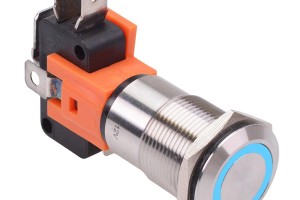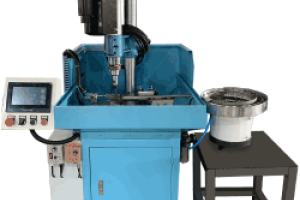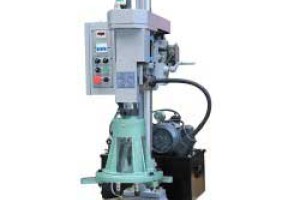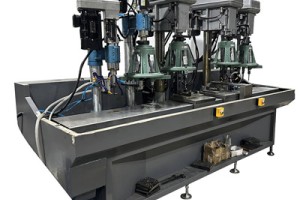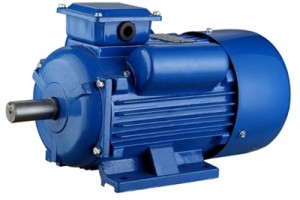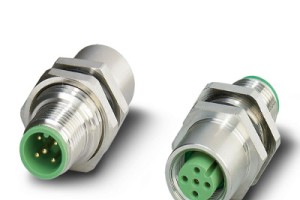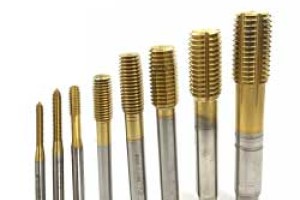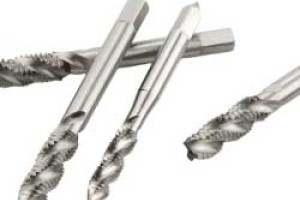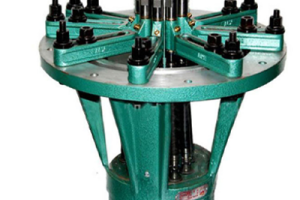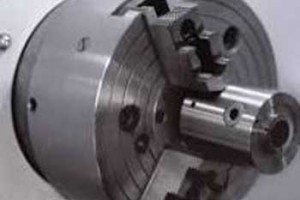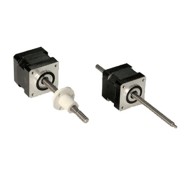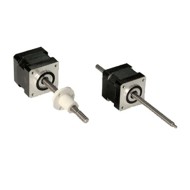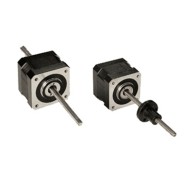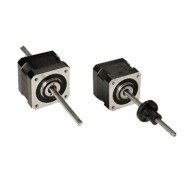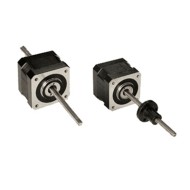
Nema 11 Stepper Motor Linear Actuator, 2 phase, 6.2V, 0.67A
from
$166.08
Ex Tax: $166.08
- Stock: In Stock
- Model: SCJ009329
- SKU: SCJ009329
Products Sold: 0
Product Views: 717
Available Options
Ask a Question About This Product
- Description
Nema 11 Stepper Motor Linear Actuator, 2 phase, 6.2V, 0.67A
Brief
This Nema 11 6.2V 0.67A stepper motor linear actuator is a good performance positioning drive unit with precision lead screws with 8mm diameter and and 2-phase stepper motor. The special design and material of the nut secure long life operations.
Description
6.2V 0.67A 2 phase stepper motor linear actuator come in Nema 11 (28mm) frame size, is available in non-captive, external shaft options.
Stepper Motor Linear Actuator Specification
| Model Type | External Shaft | Non-Captive Shaft |
| 28H51-0674AST | 28H51-0674GTS | |
| Weight | 3 kg | |
| Length | 51 mm | |
| Screw Diameter | 8 mm (0.315 inch) | |
| Screw Lead | 8 mm/rev (0.315 inch/rev) | |
| Travel Per 1.8 Step | 0.04 mm/step (0.00157 inch/step) | |
| Phase | 2 phase | |
| Step Angle | 1.8° | |
| Rated Voltage | 6.2 V | |
| Rated Current | 0.67 A | |
| Resistance | 9.2 Ω | |
| Holding Torque | 16.7 Oz-in | |
| Number of Leads | 4 | |
| Rotor Inertia | 18 g-cm2 | |
Stepper Motor Linear Actuator Dimension (Unit=mm)
1. Non-captive shaft style
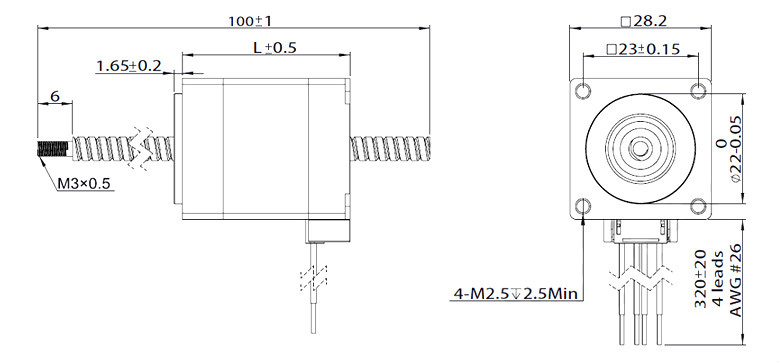
L=51mm
2. External shaft style

L=51mm
Details

Tips: Functional characteristics of stepper linear actuator
- When the linear stepper actuator works, each phase winding is not always electrified, but take turns to set up an electric circuit according to a certain rule. The angle of the impulse electrical signal input is called step angle.
- A stepper motor linear actuator can have angle control or speed control according to a certain instruction. In the angle control, each input of a pulse will change the stator winding. The output shaft will turn to one angle. The number of steps is consistent with the number of pulses. The angular displacement of output shaft is directly proportional to the input pulse. In the speed control, the continuous pulse is fed into stepper motor winding. The phase winding of each phase is continuously electrified and the stepper motor continuously to rotate. Its speed is proportional to the impulse frequency. To change the power sequence is to change the rotation direction of the stator field, that is, to control the corotation or reversal of the motor.
- The linear stepper motor has the capacity of auto-lock. When stop the input control pulse, and keep the last pulse control winding through direct current, the motor can be maintained in a fixed position, which is parked in the last position end point pulse control of angular displacement, so the stepper motor can be achieved when parking rotor positioning.
- Reviews
